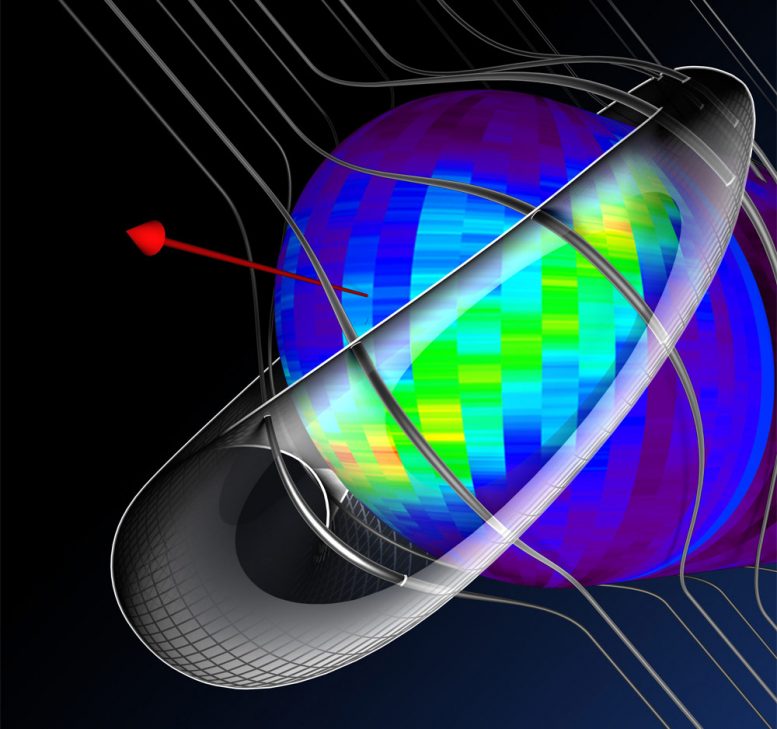
A model of the interstellar magnetic fields – which would otherwise be straight — warping around the outside of our heliosphere, based on data from NASA’s Interstellar Boundary Explorer. The red arrow shows the direction in which the solar system moves through the galaxy. Credit: NASA/IBEX/UNH
Newly published research uses IBEX data to paint a better picture of the magnetic system that surrounds us, offering an explanation for a decades-old mystery on why we measure more incoming high-energy cosmic rays on one side of the sun than on the other.
Understanding the region of interstellar space through which the solar system travels is no easy task. Interstellar space begins beyond the heliosphere, the bubble of charged particles surrounding the sun that reaches far beyond the outer planets. Voyager 1 has crossed into this space, but it’s difficult to gain a complete global picture from measurements in only one direction.
Spacecraft data in the past five years from near Earth and cosmic ray observations have painted a better picture of the magnetic system that surrounds us, while at the same time raising new questions. Scientists are challenging our current understanding in a new study that combines observations of massively energetic cosmic ray particles streaming in from elsewhere in the Milky Way along with observations from NASA’s Interstellar Boundary Explorer, or IBEX.
The data sets show a magnetic field that is nearly perpendicular to the motion of our solar system through the galaxy. In addition to shedding light on our cosmic neighborhood, the results offer an explanation for a decades-old mystery on why we measure more incoming high-energy cosmic rays on one side of the sun than on the other. The research appears in the February 13, 2014, issue of Science Express.
“It’s a fascinating time,” said Nathan Schwadron, of the University of New Hampshire in Durham and first author on the paper. “Fifty years ago, we were making the first measurements of the solar wind and understanding the nature of what was just beyond near-Earth space. Now, a whole new realm of science is opening up as we try to understand the physics all the way outside the heliosphere.”
The heliosphere is formed as the constant stream of particles from the sun’s solar wind flows outward in all directions until it slows down to balance the pressure from the interstellar wind. The only information gathered directly from the heart of this complex boundary region is from NASA’s Voyager mission. Voyager 1 entered the boundary region in 2004, passing beyond the termination shock where the solar wind abruptly slows down. Voyager 1 crossed into interstellar space in 2012.
IBEX, which orbits Earth, studies these regions from afar. The spacecraft detects energetic neutral atoms that form from interactions at the heliosphere’s boundaries – an area that holds fascinating clues to what lies beyond. These interactions are dominated by electromagnetic forces. The incoming particles from the galaxy are made up of negatively-charged electrons, positively-charged atoms called ions, neutral particles, and dust. Charged particles are forced to travel along the magnetic field lines that snake throughout space. Sometimes, a charged particle collides with a neutral atom at the outskirts of the heliosphere and captures an electron from the neutral atom. After stealing the electron, the charged particle becomes electrically neutral and speeds off in a straight line. Some of these fast neutral particles stream into the inner solar system and reach IBEX’s detectors. Depending on the speed and direction of those neutral particles, scientists can determine information about the atoms and magnetic field lines involved in the original collision.
In 2009, IBEX scientists presented research showing an uneven distribution of neutral atoms. There was a ribbon along the heliospheric boundaries sending a preponderance of neutral atoms toward IBEX.
Researchers wondered if this shape might also relate to an unevenness seen in cosmic rays. On Earth, we measure more cosmic rays – particles that stream in from the rest of the galaxy at 99% the speed of light – coming in from near the tail side of the heliosphere than from the other side. Teasing out the source and paths of incoming cosmic rays isn’t easy as the rays gyrate around magnetic field lines both inside and outside our heliosphere before colliding with other particles in Earth’s atmosphere, giving a shower of secondary particles that, in turn, are what we detect. To complicate things further, the heliosphere is moving through the galaxy.
“At some level, it’s like trying to determine the wind direction when you’re riding a bike very quickly and the wind isn’t particularly strong,” said Eric Christian, the IBEX project scientist at NASA’s Goddard Space Flight Center in Greenbelt, Maryland, and a co-author on the paper. “There’s some effect from the wind, but it’s small and hard to measure.”

The magnetic fields in interstellar space proposed by IBEX predict that cosmic rays would come in as shown on the right – blue represents fewer rays. This looks similar to what is actually observed, shown on the left, thus supporting IBEX’s findings. Credit: NASA/IBEX/UNH
To see if the IBEX data related to the cosmic ray observations, Schwadron used IBEX data to build a computer model of what the interplanetary magnetic field would look like around the heliosphere. Without the heliosphere, the field lines would be straight and parallel.
“But the heliosphere is kind of like an egg sitting in the middle of all these magnetic field lines,” said Schwadron. “The field lines have to distort themselves around that.”
With this model in hand, he simulated how the heliosphere would affect the cosmic rays. He assumed that the rays came into the heliosphere evenly from everywhere in space, but allowed them to be warped based on the local magnetic geometry. The simulations showed a non-uniform distribution of cosmic ray particles that jibed well with the unevenness seen in observations.
“The analysis of this important paper strongly correlates with the theoretical view of the heliosphere from the numerical model developed by our team, which uses IBEX observations to derive the interstellar magnetic field direction,” said Nick Pogorelov, a space scientist at the University of Alabama in Huntsville, who works with IBEX data. “It shows that the heliopause that separates solar and interstellar plasmas is very long, maybe 2 trillion miles in the downwind direction, and therefore may affect the transport of high-energy cosmic rays toward the solar system.”
Unfortunately, this doesn’t prove that the heliosphere and the interstellar magnetic field are exclusively responsible for the cosmic ray mystery. However, this research shows that the magnetic configuration of our neighborhood does offer a potential answer.
Moreover, the agreement between what’s seen in the cosmic ray data and by IBEX provides outside confirmation of IBEX’s results of what the magnetic fields outside our heliosphere look like. That’s an interesting piece of the puzzle, when compared with Voyager 1’s measurements, because the Voyager 1 data provide a different direction for the magnetic fields just outside our heliosphere.
This doesn’t mean that one set of data is wrong and one is right, says Schwadron. Voyager 1 is taking measurements directly, gathering data at a specific time and place; IBEX gathers information averaged over great distances, so, there is room for discrepancy. Indeed, that discrepancy can be used as a clue. Understand why there’s a difference between the two measurements and we gain additional information. More IBEX observations and more Voyager observations will keep coming in. As with all research, more data will help unravel the picture and soon we will learn even more about how we fit into the rest of the universe.
Reference: “Global Anisotropies in TeV Cosmic Rays Related to the Sun’s Local Galactic Environment from IBEX” by N. A. Schwadron, F. C. Adams, E. R. Christian, P. Desiati, P. Frisch, H. O. Funsten, J. R. Jokipii, D. J. Mccomas, E. Moebius and G. P. Zank, 13 February 2014, Science.
DOI: 10.1126/science.1245026


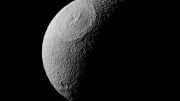
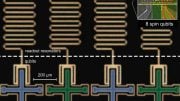

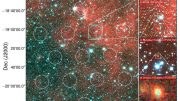
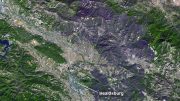


and more importantly, your personal experienceMindfully using our emotions as data about our inner state and know https://kodi.software/ ing when it’s better to de-escalate by taking a time out are great tools. Appreciate you reading and sharing your story, since I can certainly relate and I think others can too